When cooking spaghetti we could try to simply dip the plate in the pot, and hope for any spaghetti passing by to adsorb. The results would probably be really disappointing even if we prepare by first adding some glue to the plate.
We could also test to spin the plate at 4000 rpm while poring a pasta suspension over the plate hoping for enough spaghetti to end up on the plate… which probably would be more amusing than fruitful.
In this project, we were asked to fill a whole plate with plenty of spaghetti.
At first most spaghetti ended up on the kitchen walls or refused to leave the pot, and only a few strands were able to actually make it to the plate. Then we realized that when working with pasta, the physio-chemical affinity is limited… but gravity, the high degree of entanglement, mechanical interlocking, and poor solubility could possibly be used to our advantage. Therefore we finally sat back, slowly drained the water, while letting the spaghetti settle as a highly entangled insoluble non-woven mass… just waiting to adsorb what ever we add to it. Sometimes the simplest solution is the best one!
No true spaghetti was used in this project and no food was of course in the lab…
this story was about how to create model surfaces of cellulose nano fibrils to be used in evaluation of detergent effects. Here’s our white paper on surface technologies and adsorption! CR_Whitepaper_Adsorption


